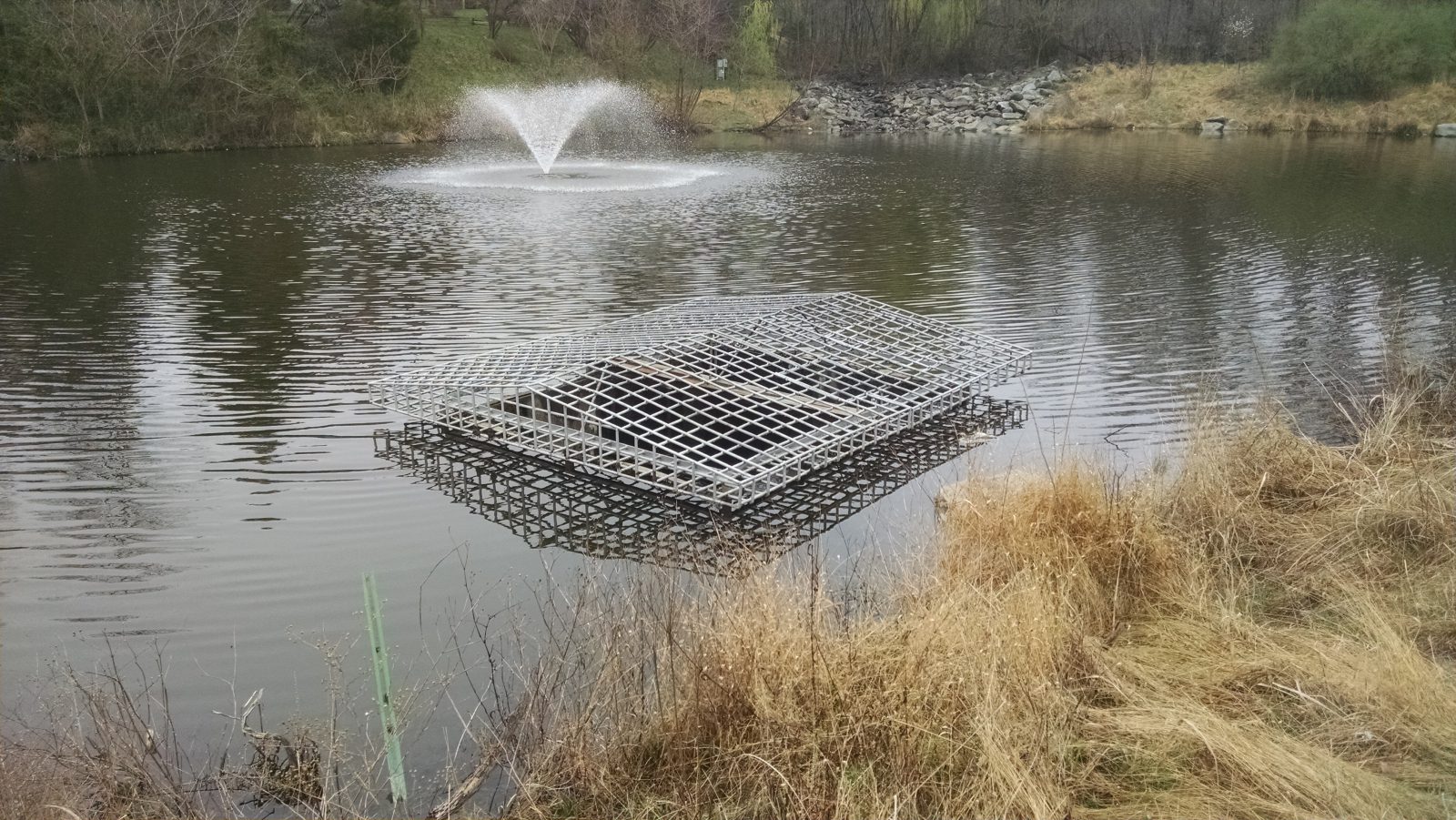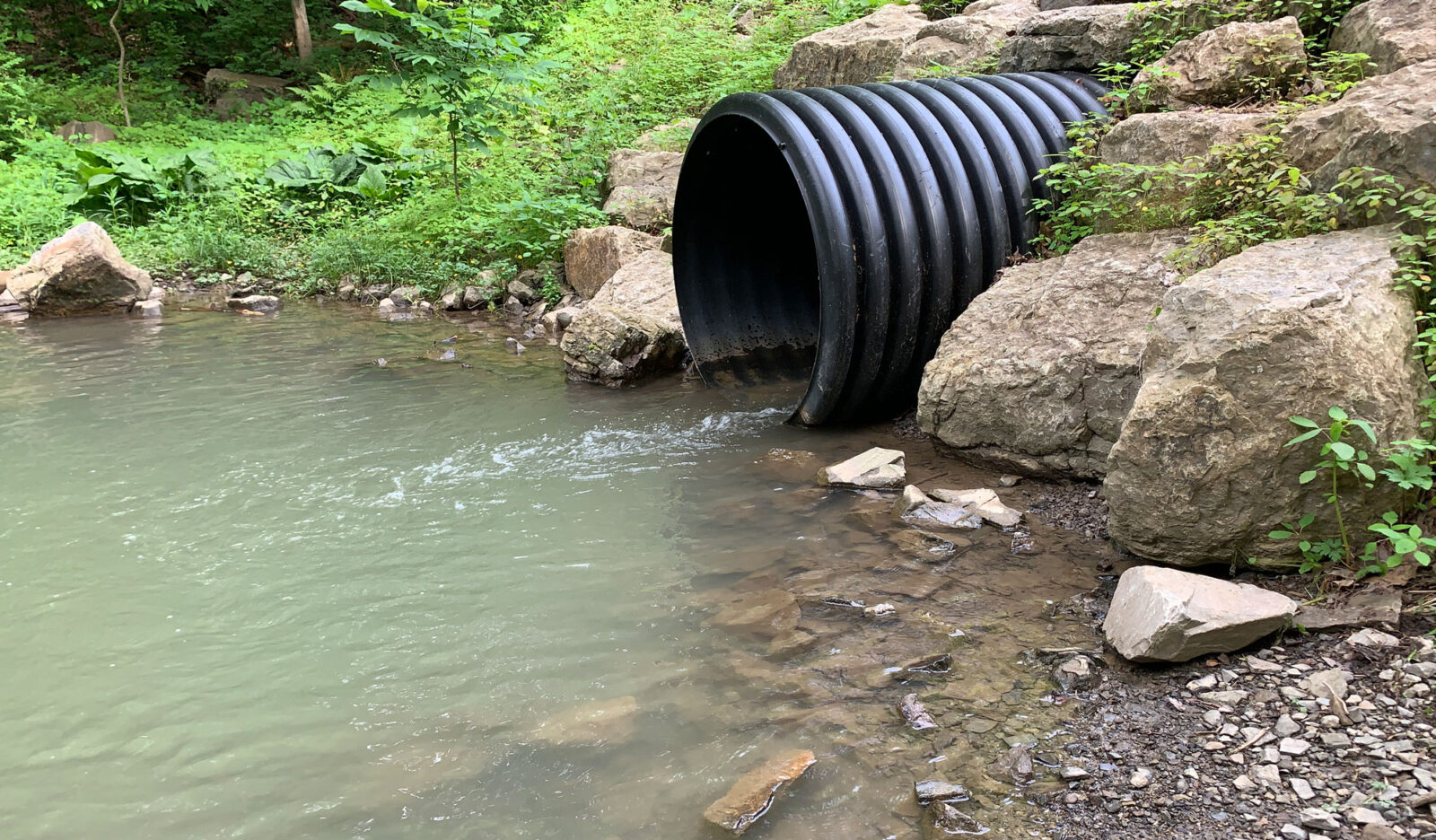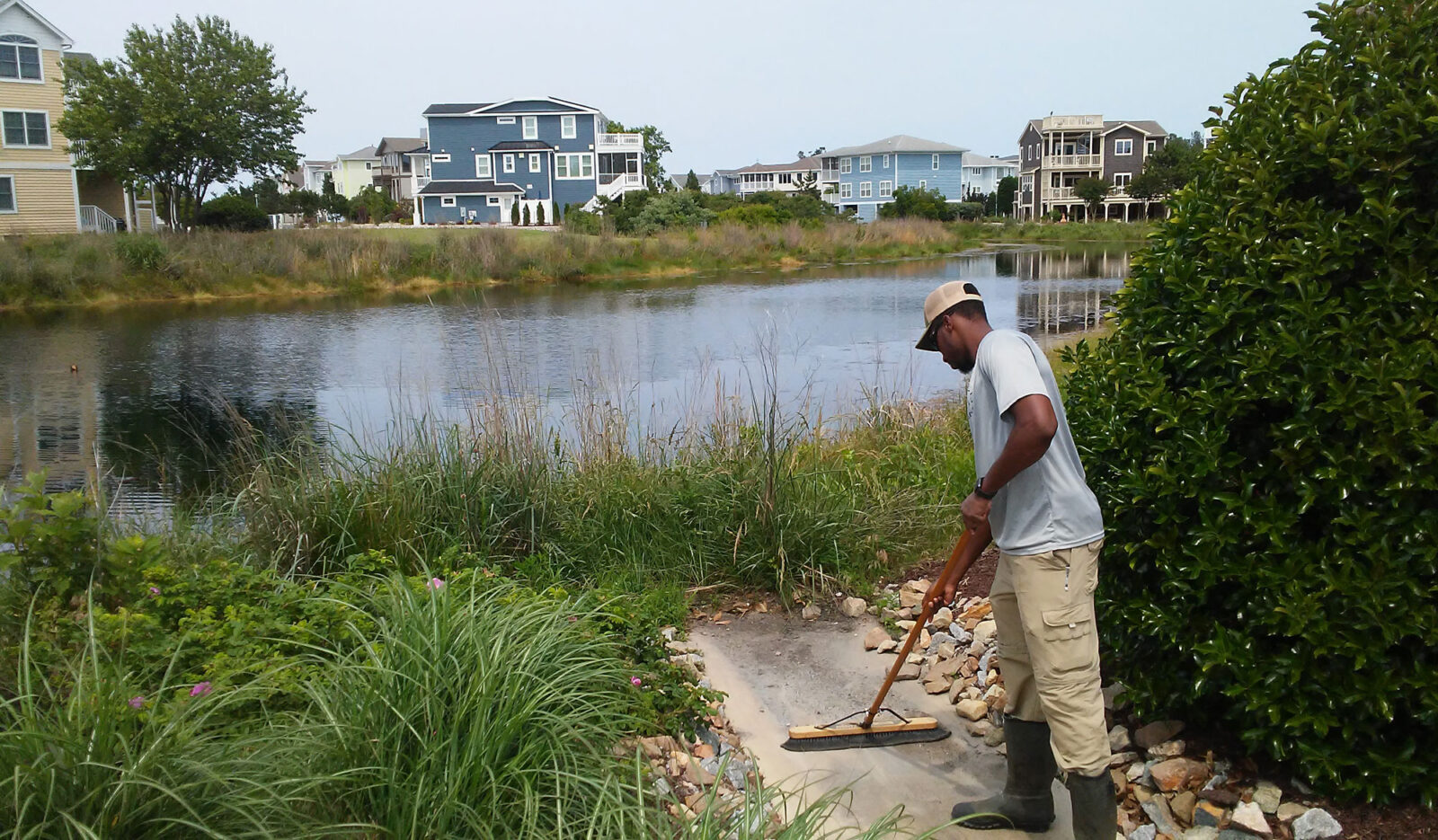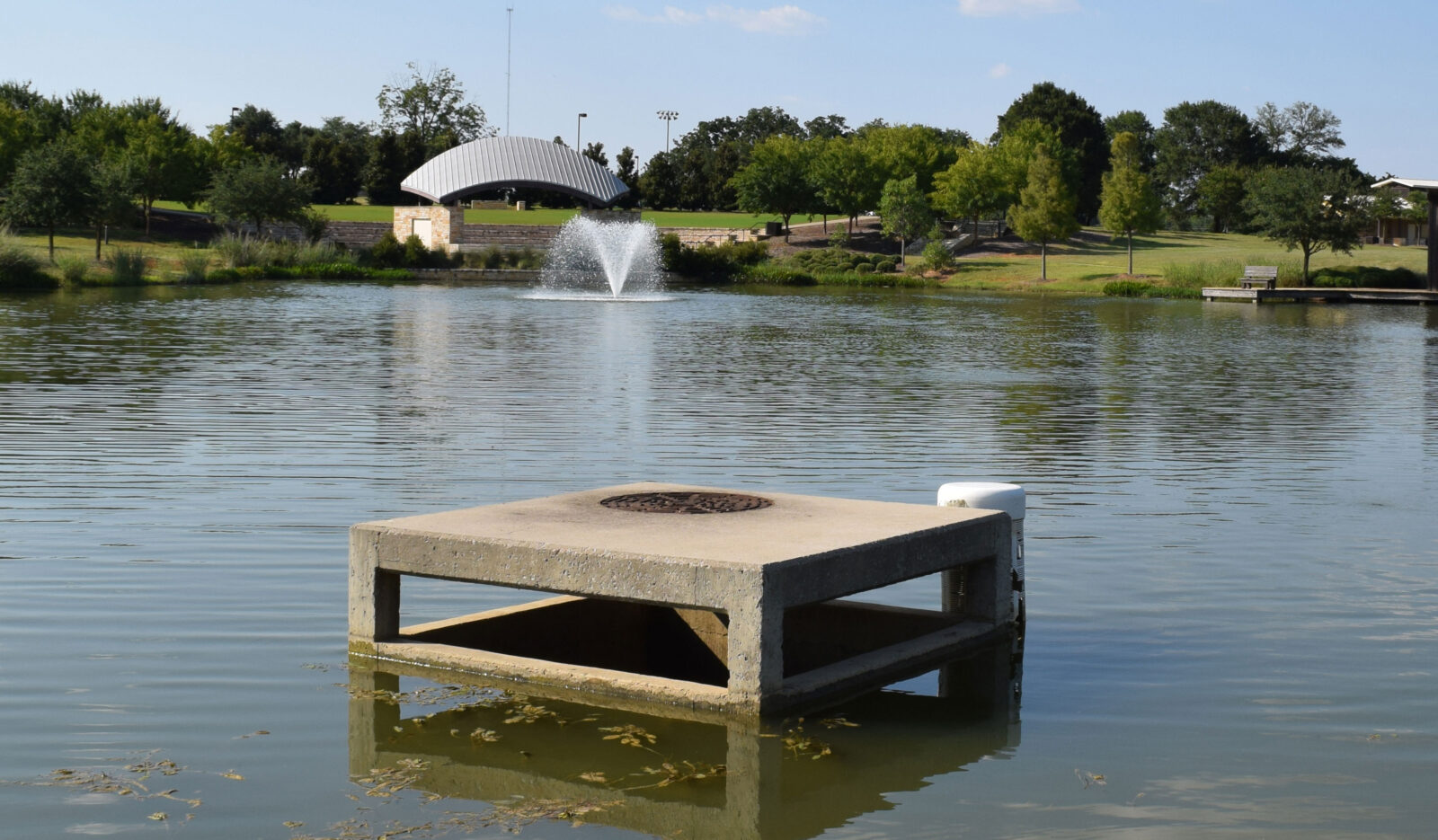
What Exactly Is Stormwater Runoff?
Have you ever wondered what happens to a single drop of water when it rains? Depending upon where you live, that drop of water may land on the ground and seep into the soil or it may land on a leaf and evaporate back into the atmosphere. But, if you live in a developed area such as a city or HOA community, the fate of that droplet of water may be a rooftop, sidewalk or road and eventually a lake or stormwater pond.
As development increases, so does stormwater runoff. Stormwater runoff is the portion of rainfall or snowmelt that “runs off” the landscape instead of seeping into the ground. When managed incorrectly, stormwater runoff can become a major problem.
Why is stormwater runoff a concern?
As stormwater runs across impervious surfaces, like sidewalks and parking lots, it accumulates and transports nutrients, pollutants, debris and even harmful chemicals. If the runoff is not properly captured in a stormwater basin, this polluted water can make its way directly into a nearby stream, lake or wetland. Stormwater management facilities are designed to stop stormwater from directly entering natural waterways and also to decrease the speed at which water enters a natural landscape from a developed one.
Stormwater management facilities also allow nutrients, pollutants and sediment to be captured before entering into a freshwater ecosystem. Problems arise when facilities are left unmanaged or allowed to grow in with unwanted vegetation or filled in with too much sediment. Problems due to unmanaged stormwater runoff include costly erosion, property damage and flooding.
What can we do to help manage stormwater runoff effectively?
There are likely stormwater management facilities and infrastructure already present in your community. Left untouched, these facilities can develop deficiencies and even become non-compliant with local, state or federal regulations. Having an annual management plan in place with a lake or pond management professional is the best way to make certain your facilities are functioning properly.
Routine monthly inspections focused on vegetation growth, sediment and debris build-up and pond erosion are strongly encouraged. Monthly inspections should also focus on the structural aspects such as inflow pipes, outflow structures and dams. Monthly maintenance helps to reveal small problems, such as new erosion or minor structural damage, before they become a large and costly endeavor for landowners or HOAs.
Additionally, proactive management strategies such installation of an aeration system or maintenance of a beneficial vegetative buffer are recommended to help promote good water quality and keep your stormwater lake or pond looking beautiful.
Keep Your Stormwater Pond Healthy with Regular Maintenance
Whether we notice it or not, stormwater management is an important part of our everyday lives. As we continue to develop our landscape, we must also educate and emphasize the importance of keeping our natural ecosystems intact. Through proper stormwater management and routine maintenance, we can meet the needs of our developing world, while keeping our natural freshwater ecosystems healthy for generations to come.
















